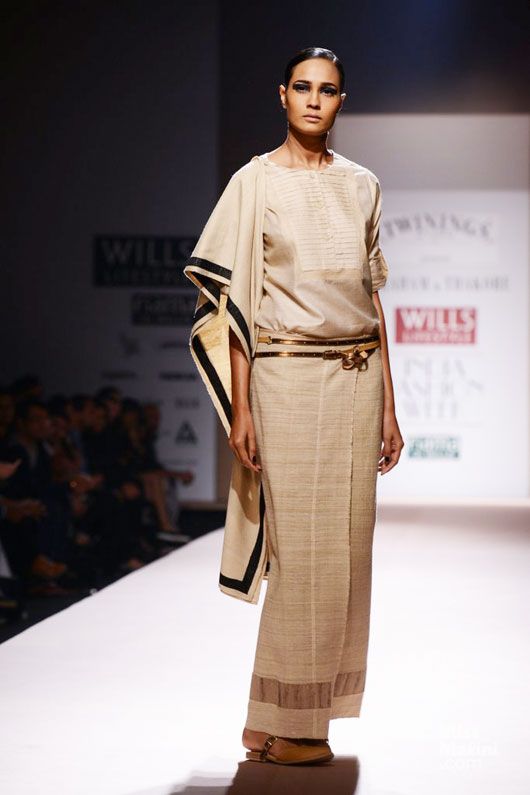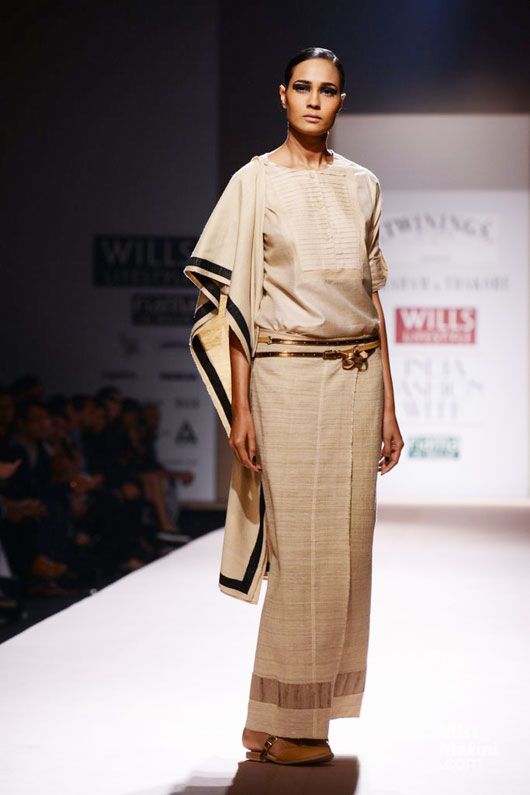
Textile, embroidery, drape and weave have always been the back-bone of Indian fashion. When it comes to craft, India has a heritage that is truly enviable. Making this tradition modern is the challenge that most designers are trying to overcome. Day 3 at Wills India Fashion Week brought this aspect of Indian fashion to the forefront.
Work those Weaves
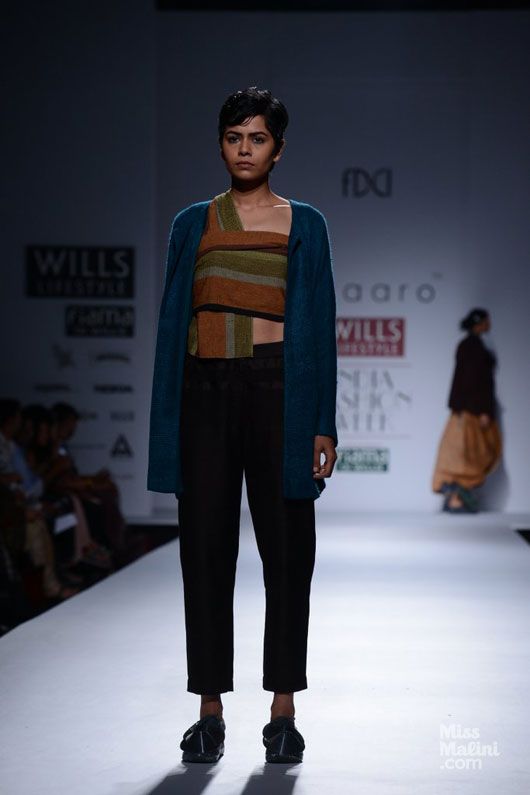
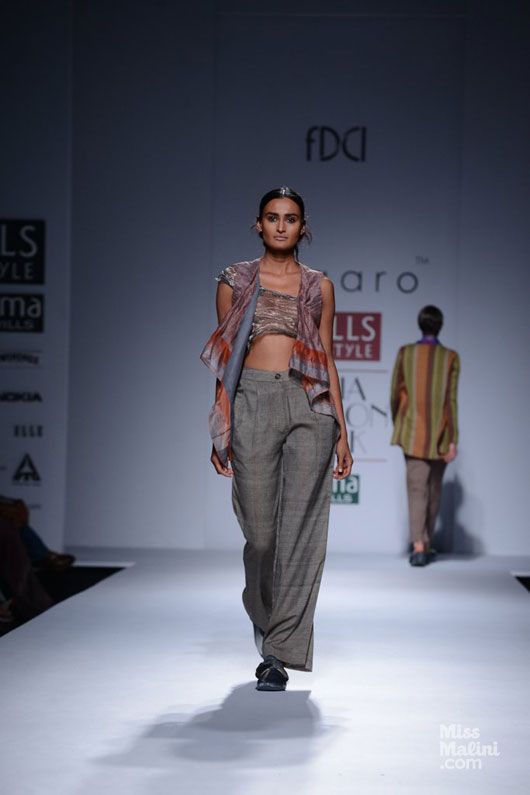
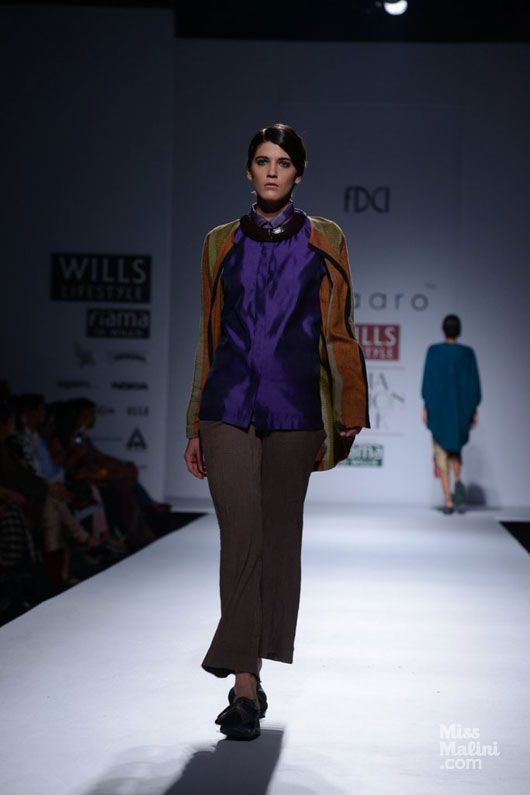
Gaurav Jai Gupta’s ‘Aakaro’ is about engineered handwoven fabrics. A collection of mainly separates, there were lots of pieces that though based on craft may work even in a corporate setting. Gaurav is slowly learning that weaves also need to be complimented by stylish shapes.
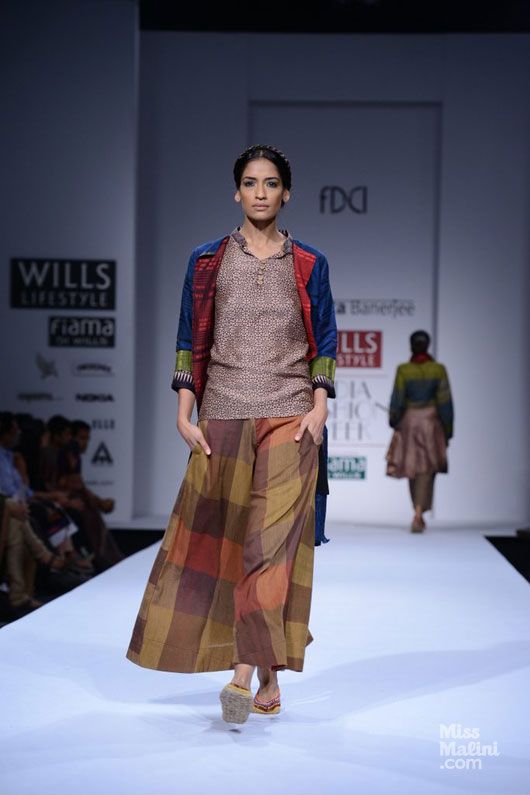
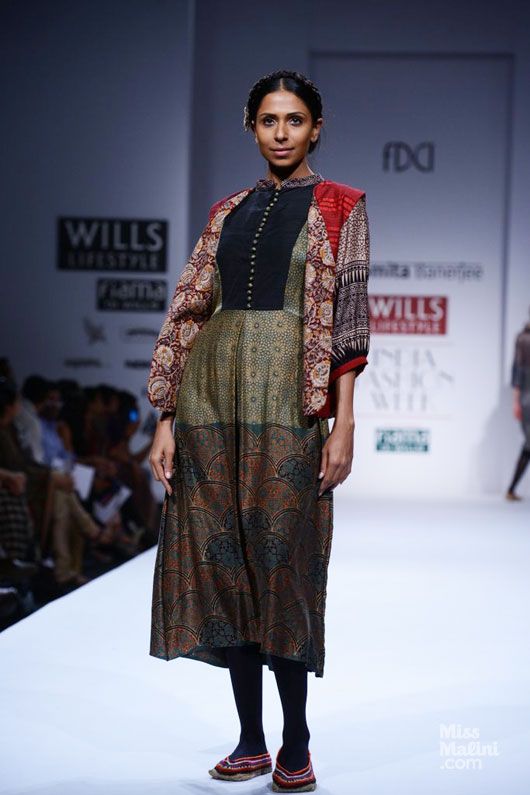
Paromita Baneerjee‘s love of weave and block print is well known. Interestingly, she also had many pieces that could translate into work wear. Her modern take on kurta, even pairing them with a ankle length skirt was note-worthy. Paromita had sourced her weaves from Madhya Pradesh, and an all woman crafts team had produced her fabrics.
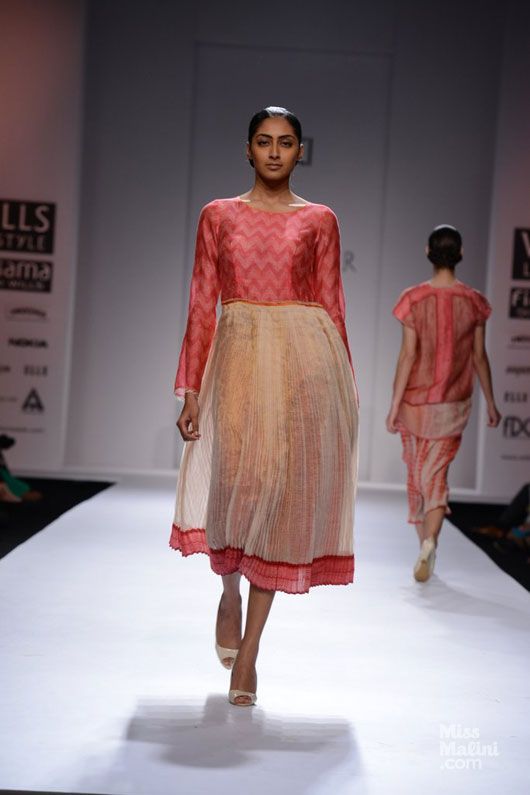
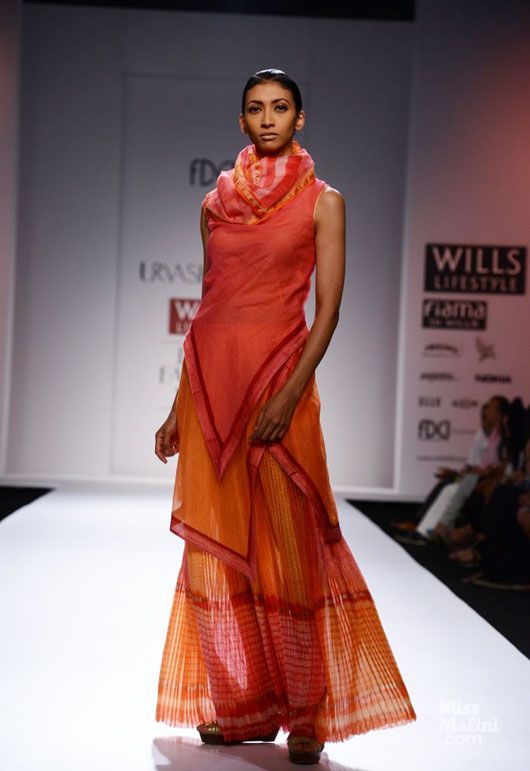
For Urvashi’s Kaur it was all about Shibhori. Shirts, boxy jackets, maxi dresses, loose harem style trousers ensured a very boho vibe. Though it was a fall/winter collection, chanderi and light silks were her fabrics of choice.
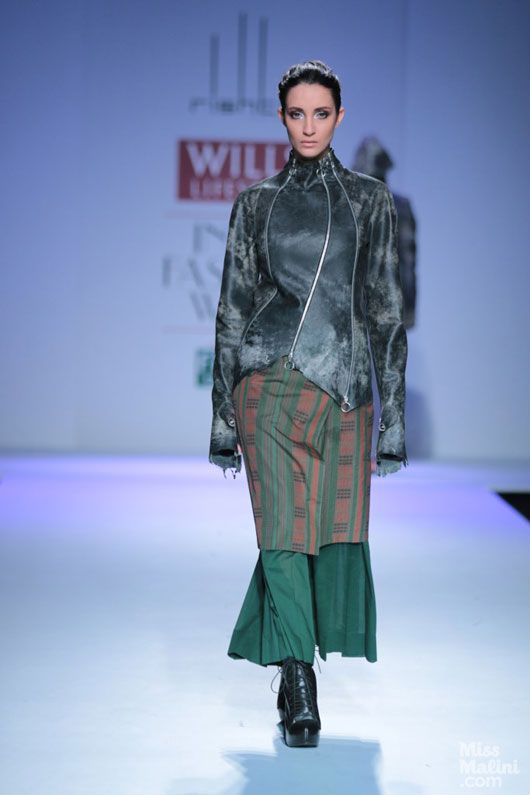
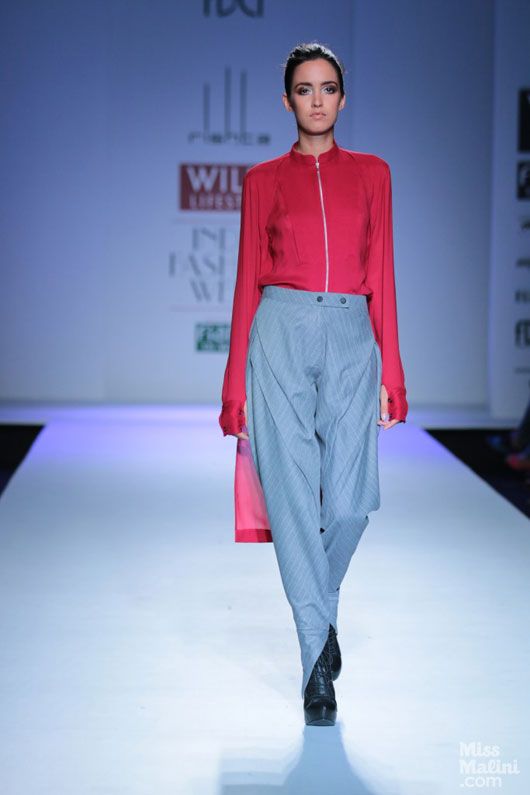
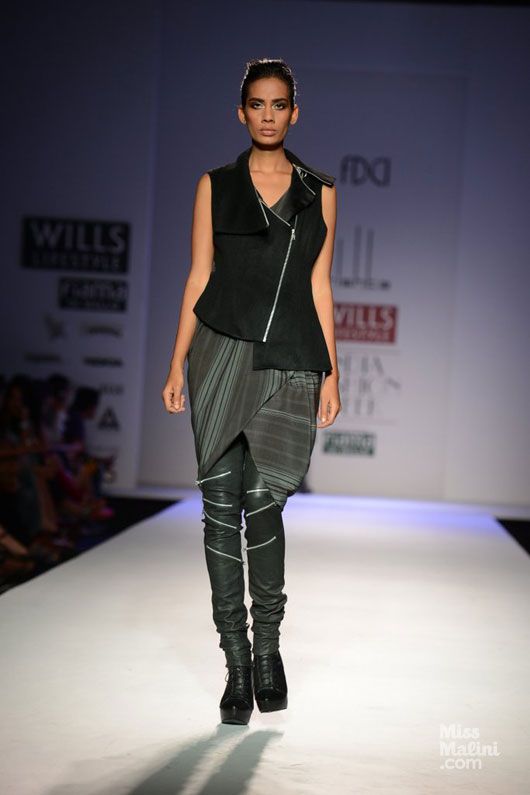
Rishta by Arjun Saluja is all about tailoring’s relationship with drape. Unlike those who showed earlier, he showed that craft can have a structured feel too! He injected a biker feel into his collection with the use of zips and leather. Stitched saris had plates at the back, the Kurta was slit and given slouch sleeves. Prints, motif and panel were infused with Saluja love for everything sartorial. But then fashion always loves a contradiction.
A Zen Moment
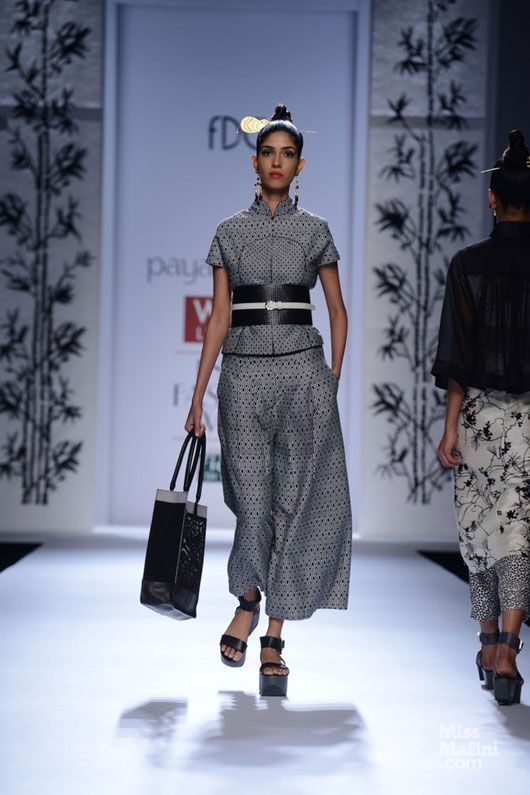
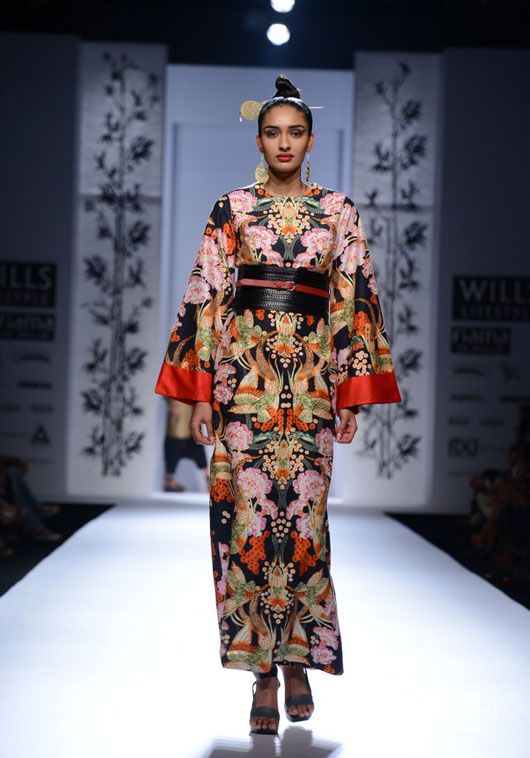
Payal Pratap took her knowledge of Indian crafts and married it with the style of another country known for their rich costume history. The Kurta met the Kimono as she looked to Japan for inspiration. The obi-belt is her de rigeur winter accessory. Her colour palette started with black and white and gradually worked its way to gold. Peplums remained to be a firm favourite with Payal as well. Jacquard and brocades ensured there was a rich feeling. Payal’s marriage of India and Japan seemed like a match made in heaven.
Checks and Balances
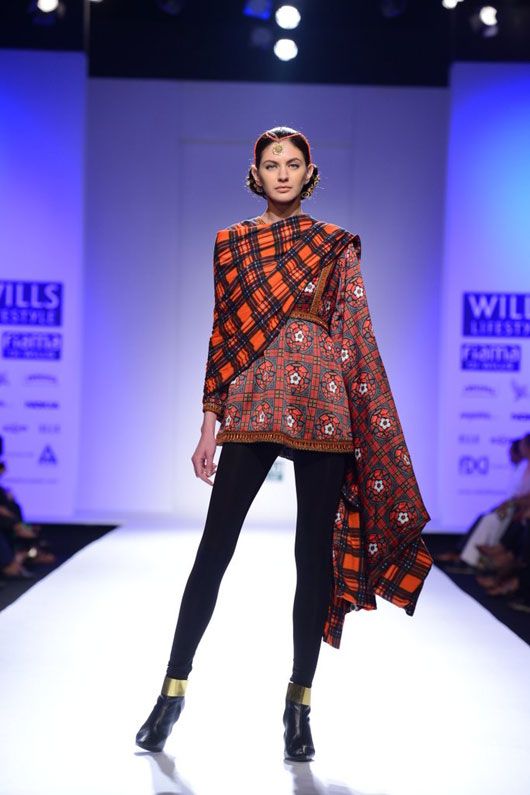
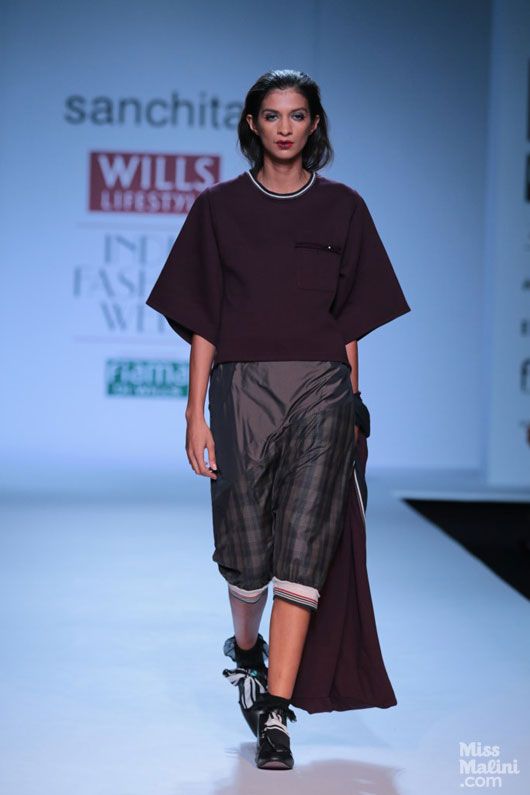
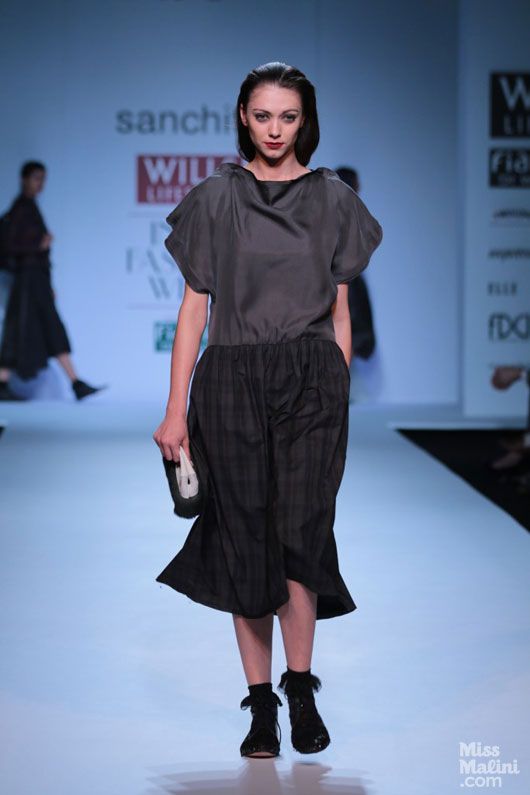
We saw gingham at both Sanchita & Archana Rao, and for Pia Pauro, it was all about tartan.
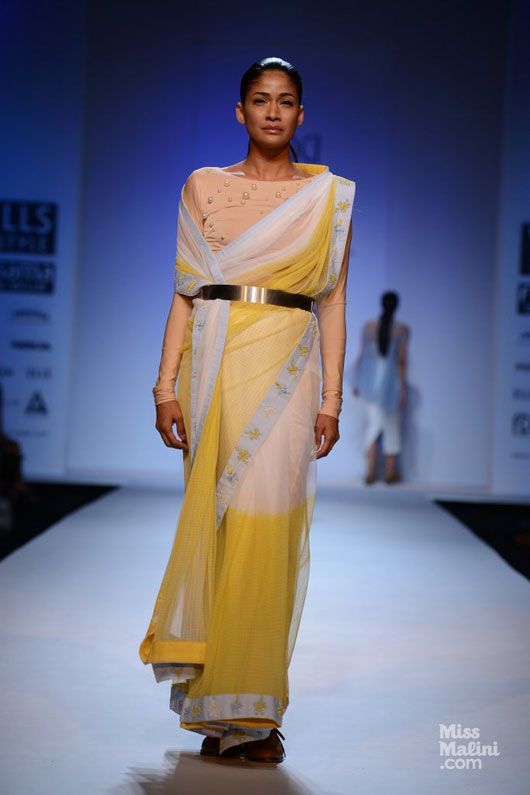
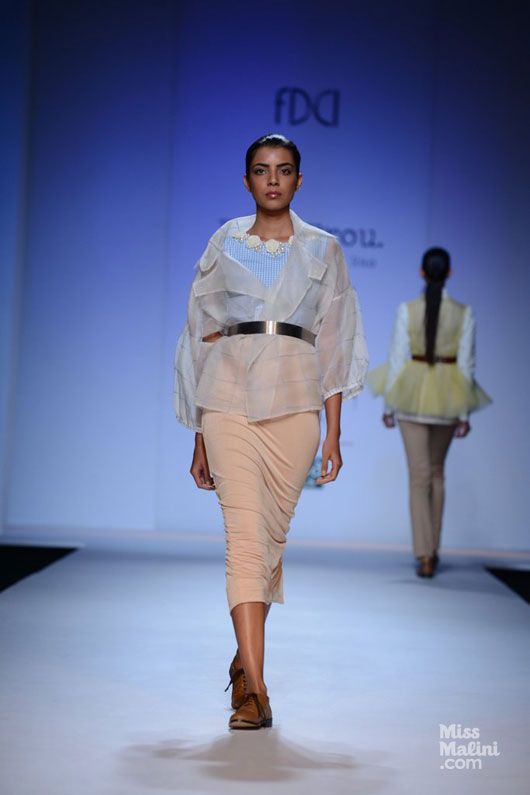
Archana Rao is this year’s Vogue Fashion Fund winner. A neat collection, it had a soothing colour palette and clean shapes. But perhaps the girls at Vogue needed to mentor this young designer a little more. Some styling tips may have helped this collection be more impactful.
Naturally Done
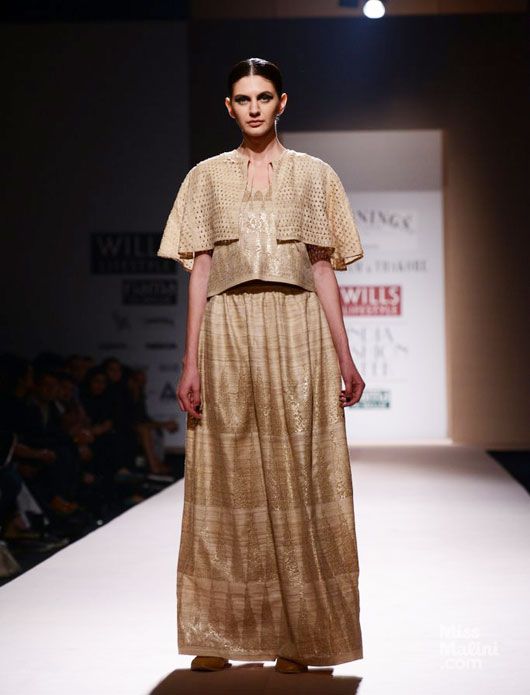
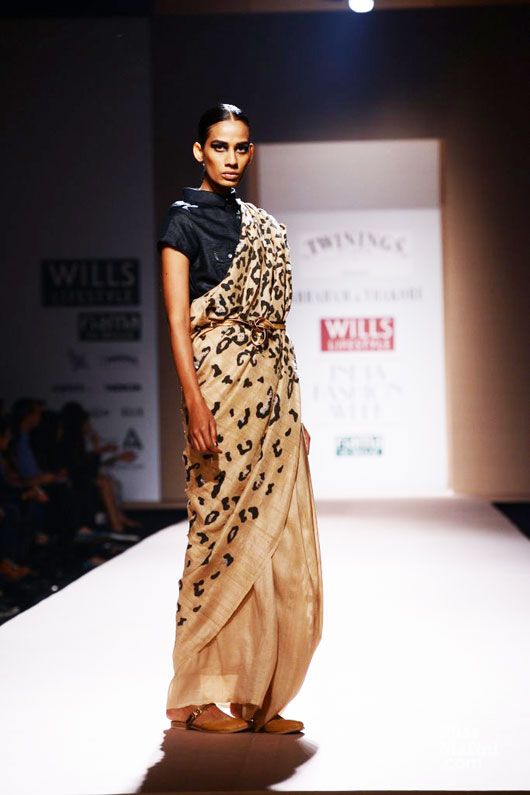
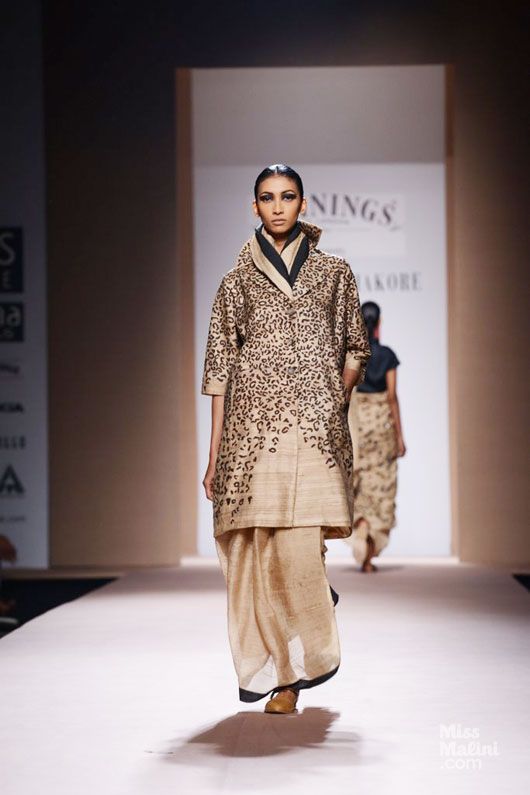
It was apt that a day full of textile, weave and crafts closed with Abraham and Thakore‘s show. “Urban Shikar” combined craft with contemporary chic. If you want to know how to make tradition relevant, ask Abraham and Thakore. This show hit all the right style notes. Eri and Muha silks were their fabrics of choice. Their shapes also seemed leaner than usual, adding a real feel of urban ease. Pockets and epaulets added the right dose of safari style. In hues of of wild silk, antique gold accessories added some glamour. Trenches were teamed with saris as well as slim pants. Only Abraham and Thakore could make animal prints seem serene. This show was truly a well crafted show!

